- 9 Lives Arena Review: Building Your Legacy With A 24/7 Companion - January 22, 2023
- Star Atlas Game Overview - December 11, 2022
- Heroes Unchained Game Overview - November 13, 2022
Star Atlas promises to be one of the most ambitious metaverses developed. Developed in Unreal Engine, the game has excited many people about what it brings and how it would impact the future of metaverse gaming.
I mean, just look at these high-quality promo photos.
With a strong space theme, Star Atlas looks to change how we think of blockchain games. It doesn’t need dull, repetitive gameplay, it doesn’t have to put earning mechanisms first, and it doesn’t have to look horrible.
In this article, we look at an overview of Star Atlas, what it has in store for us, and what it could mean for the future of metaverse gaming.
Bottom Line Up Front
Star Atlas has generated a lot of hype around. Community support, funding, and a legitimate roadmap are all good things the project has going for them. It has an entire economy and governmental body behind it. The project sells the idea of having an entirely virtual metaverse built inside the digital world that people could escape and go to.
At the end of the day, though, it’s a game. So the question now is: is it fun? That question is something I can’t answer because there haven’t been any gameplay releases yet.
The idea is there, the execution is in the works. Whatever the case, I’m here to watch it all closely.
What is Star Atlas?
If you’ve ever seen Ready Player One and the incredible, close-to-real-world simulation that the movie renders, then you’ll have a pretty good idea of what Star Atlas looks to bring to the blockchain universe.
Based in the year 2060, Star Atlas is a virtual gaming metaverse that looks to introduce a unique gaming experience that combines the traditional core of old-school gaming and newer blockchain mechanics.
It’s a massively multiplayer universe that allows players to trade and create NFTs that could be used within the Star Atlas universe – advertently also reflecting real-world economy.
Star Atlas aims to be a forefront runner of the Hybrid Space genre, featuring grand strategy, exploration, and role-play. More specifically, the basis of the game is the capability to claim a stake and expand your empire.
To mine resources, dominate other empires, and achieve territorial conquest, you’ll need a deep understanding of the game and the interactions between the game’s mechanics. You’ll need to build relevant equipment, tools, and factories to convert resources to valuable items and slowly power-creep your way into creating a massive army. Players must traverse deep space to discover celestial and terrestrial assets to find these minable resources.
While actual gameplay hasn’t been released, having three main factions which players will align with may mean that an empire’s setup will be similar to other strategy games like Clash of Clans and Homeworld.
Speaking of Homeworld, watching YouTube videos of the remastered 1999 classic may provide some real insight into what Star Atlas gameplay may look like.
History of Star Atlas
Star Atlas’ CEO Micheal Wagner is an experienced crypto entrepreneur with rich experience in NFTs and the blockchain. His development studio, ATMTA, Inc., was founded to build Star Atlas to become one of the best AAA blockchain games on the planet.
Starting in 2020, the project has since partnered with many well-known corporations to bring their vision of a Triple A-title metaverse to life. The project has also been funded by top-tier venture capital firms like Animoca Brand, Republic Crypto, Spark Digital, and Yield Guild.
Other than that, there’s nothing else much to talk about when it comes to the project’s history. It’s a fledgling developer company, and this seems to be the first large project that the team has ever taken on.
So instead of looking toward the past, let’s look at the future.
One of the following steps for Star Atlas is to work on play.staratlas.com, including live updates, introducing new features, and bug fixes. There has been speculation that we’ll see a product launch by early 2023. Based on its roadmap, the team is also working on its 3D Browser, Star Atlas Map. This will unlock coordinates for ship missions, exploration, and mining of the claimed lands.
There’s a long way to go before this game because entirely playable but so far, we’re all for it.
How Does Star Atlas Work?
At its core, Star Atlas presents an entirely alternate universe where plays build empires and hire crews to take on challenging quests in the search for resources and conquerable territories to outsmart and outgrow other players within the metaverse.
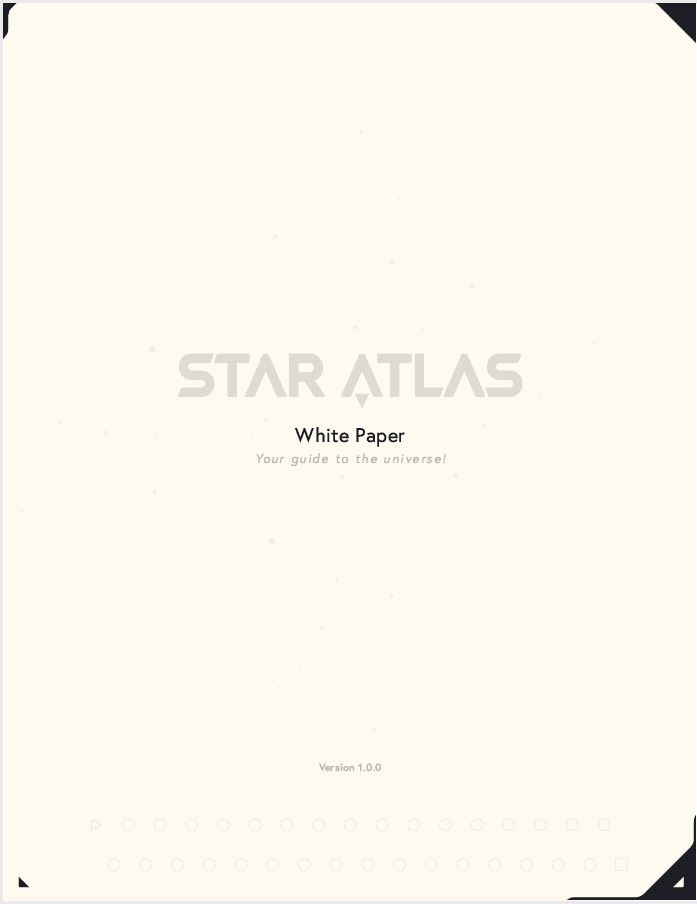
Every player should know about the 7 Pillars of Gameplay:
Faction Security Zones
Faction Security Zones will be the lifeblood of every Star Atlas voyager. Essentially, there will be three levels of safety zones as determined by the distance from the initial safety zone. The safest one will be the faction-secured sage zone where players can run through all the game’s essential functions without worrying about destructive behavior.
The medium-tier safety zone is located further away from the epicenter, where combat will be allowed, but assets reset if destroyed.
Finally, the distant and largest zone of Star Atlas will be the whole frontier where full combat and asset destruction are permanent – though scraps could be retrieved and used to rebuild these assets later on.
Deep Space Exploration
In Star Atlas, the sky is not the limit. The world goes far beyond that, though exploring these far-flung places will require massive fuel.
One underrated aspect of this in-game feature is the amount of thought that has to go into space exploration. The last thing you want to do is run out of fuel in the middle of nowhere; the second worst thing that could happen is you go out there and come back without any resources because you didn’t bring high-level equipment.
Combat
Speaking of high-level equipment, you’ll want to ensure that the ships you send out are outfitted with weaponry to match the value of their cargo.
That said, think of Star Atlas as the ultimate Ender’s Game free-for-all, where you’re in command of massive ships and armies in different scenarios and objectives.
Station Modular Construction
Different decks enhance the functionality of a space station and outfit the area with a specific purpose. Depending on what you build your station for, you could equip it with anything from the commissary, shipyard, or hangar to a retail section, university, or defensive attachments.
Essentially, the deck you build on your space station will depend on your predetermined use case, its location on the map, and nearby attachments. For example, space stations with commerce decks will be required to connect to the universal marketplace to sell low-tier ore and items.
Crew and Ship Component Outfitting
In that same breath, anything you send out into the wild space frontier should have the same defensive (and offensive) equipment ready to protect your ships and their cargo. Aside from ballistics, some ships are outfitted with specific features or buffs that give your ship and its crew advantages in particular situations.
Professions
As the persona in charge of your ship, you’ll need to assign crew members to different professions. There are countless roles available, but having the correct boat, crew, and components placed in its pre-defined role will reward the player (you) with bonuses.
Decentralized Autonomous Corporations

Decentralized Autonomous Corporations create the guild system of Star Atlas. We’ll be tackling the different guild systems in a later section of this paper but know that given the expansive nature of this game, everyone is encouraged to create and join factions to compete competitively amongst other players in the system.
This might sound like an over-used trope at this point, but Star Atlas is a gamified version of the blockchain.
For instance, Star Atlas incentivizes players to protect their existing resources with offensive and defensive plans. To do so, they’ll need to purchase NFT assets and buildings. These purchases contribute to the network’s security and increase its value outside the game.
It’s a recurring cycle that only benefits the Star Atlas ecosystem.
Tokenomics
Being the sizeable virtual universe it is, it’s understandable to see an economic environment that’s as unique, diverse, and confusing as the real-world economy we experience today.
Before we get into that, though, we’ll need to explain the two monetary assets used in Star Atlas.
Remember that the overall goal of the economy is to build intergalactic empires where players team up, organize, build buildings, and fight their way through unknown territories. Star Atlas players will soon flourish from small mining colonies into large full-blown civilizations that rapidly make alien technologies. To fund the activities and events within this world, Star Atlas presents two fungible tokens: ATLAS and POLIS.
ATLAS
ATLAS is the form of currency in the game. It is an inflationary currency that could be earned within the game. With a total supply of 36,000,000,000, the minting and burning of this ATLAS supply will be purely based on game user-base growth and adoption. The Star Atlas supply and price are aimed to be kept on a level to maintain reasonable asset pricing.
Earning ATLAS could be done through Combat and Exploration as a reward for in-game participation. Earned ATLAS could then be spent on resources for mining, technology crafting, production, and other tools for combat and exploration.
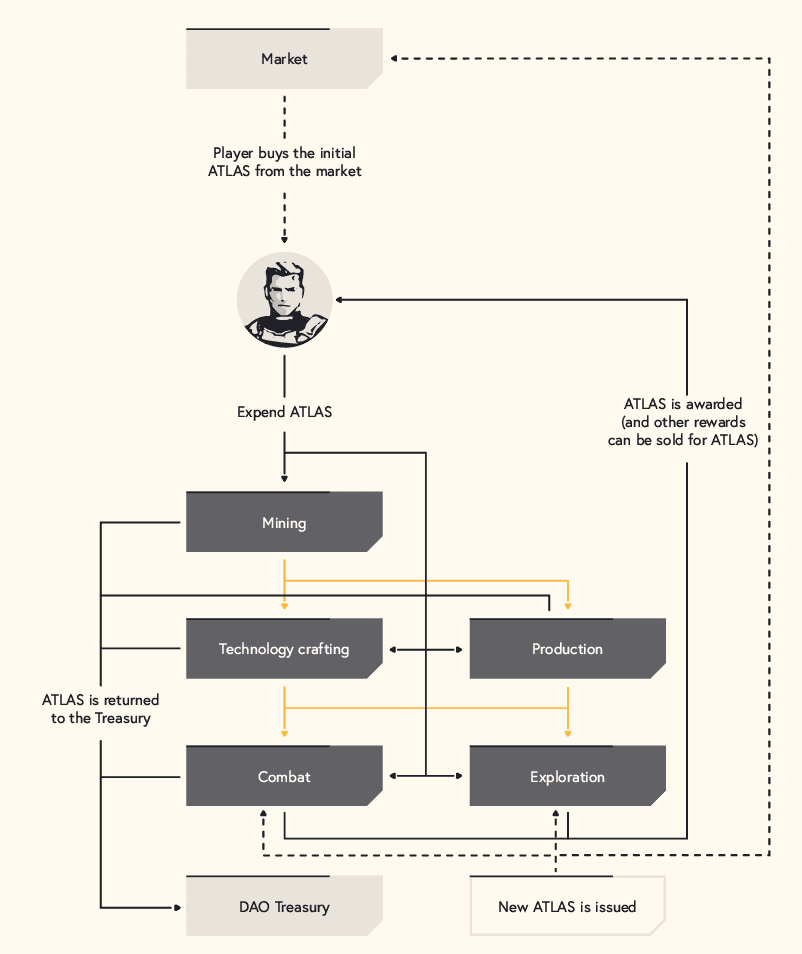
POLIS
As opposed to ATLAS, Polis acts as a store-of-value that incentivizes governance of the ATLAS economy. The POLIS DAO aims to drive the direction of the Metaverse development in the long run and perhaps even vote out the project’s founders if deemed necessary (but that’s a long shot, right?).
With a total supply go 360,000,000, POLIS can be acquired through primary issuance, secondary markets, in-game rewards, and metagame rewards.
Having currency to purchase and exchange assets is all well and good, but that begs the question: what are you buying? One could argue “fun,” but having fluctuating ATLAS prices wouldn’t make too much sense. If you’re only buying fun, then why does the value change? What’s causing these changes? There has to be something that determines the value of the products you’re buying and a way to earn from it, depending on its utility.
NFT assets
Using ATLAS, a player could purchase in-game assets and NFT, such as ships, equipment, components, and crews, that could be used to complete quests, explore missions, dig on planet’s sites, or even P2P duels.
Perhaps the most crucial in-game asset of this territorially-driven conquest has to be land. On top of these NFTs, you could construct buildings and improve them to higher-end facilities. These parcels may be interconnected and interwoven, serving as an expansionary piece to the empire you want to build.
Whatever the case, you’ll need land (and lots of it) if you’re looking to kill off this game.
As always, you’ll need to have some cryptocurrency at hand, so here’s how you can obtain some ATLAS:
Create a Phantom Wallet
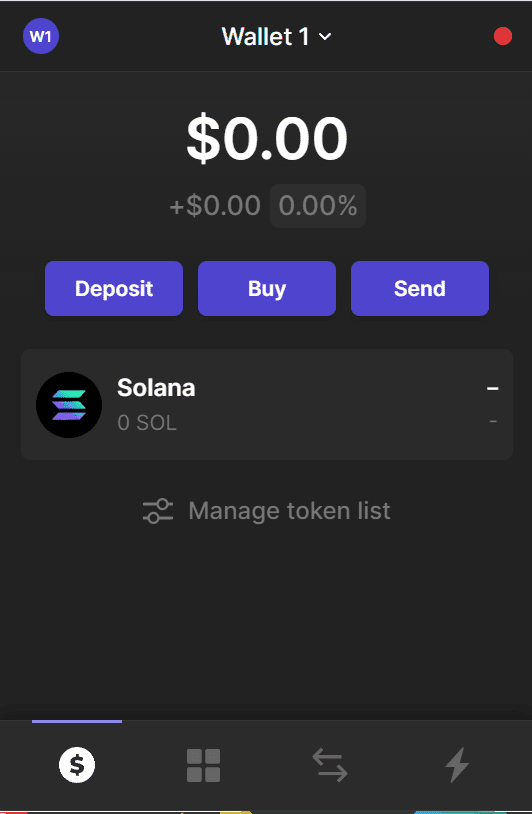
The Phantom wallet makes buying, storing, and receiving tokens on the Solana blockchain easy and safe. It’s a non-custodial wallet that doesn’t track any personal information to maintain the data privacy that the decentralized blockchain touts.
One of the most fantastic things that Phantom has is Biometric authentication. As it will soon provide support for Polygon and Ethereum, there’s not much case against a user having a Phantom wallet.
The phantom wallet is supposedly one for everything and is available as a desktop app or browser extension.
In my opinion, it’s also one of the best ways to store and look through the NFTs that you do have. It provides in-wallet options for discovering new collections, perhaps even supporting Star Atlas assets in the future.
Regardless, you should sign up for a Phantom wallet, as it’s perhaps the easiest way to get started.
Purchase SOL/USDC
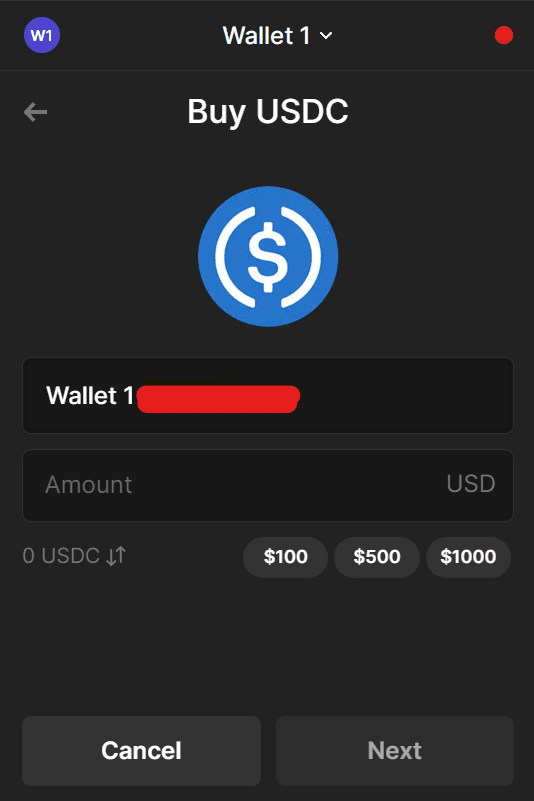
Once you’ve made your wallet, your next step is to put funds into your wallet. You have two options here, either you buy SOL or USDC.
Either way, you’ll still have to convert it to SOL before proceeding to the next step. Some people would much rather purchase USDC though, given its lack of volatility, which means that exchanging fiat currency for SOL would not be subject to the volatility of near-instantaneous price fluctuations.
Since USDC is compatible with several independent blockchains, you could also use your purchased stablecoin to buy any other cryptocurrency instead of SOL.
Go to Raydium.io.
Raydium.io is an automated market maker and liquidity provider built on the Solana blockchain specifically for the Serum Decentralized Exchange.
Using this platform, you avoid the fees incurred by the Phantom wallet when you add a token or convert an existing one to ATLAS.
Alternatively, you could also use the Solflare wallet for these steps.
Convert SOL to ATLAS
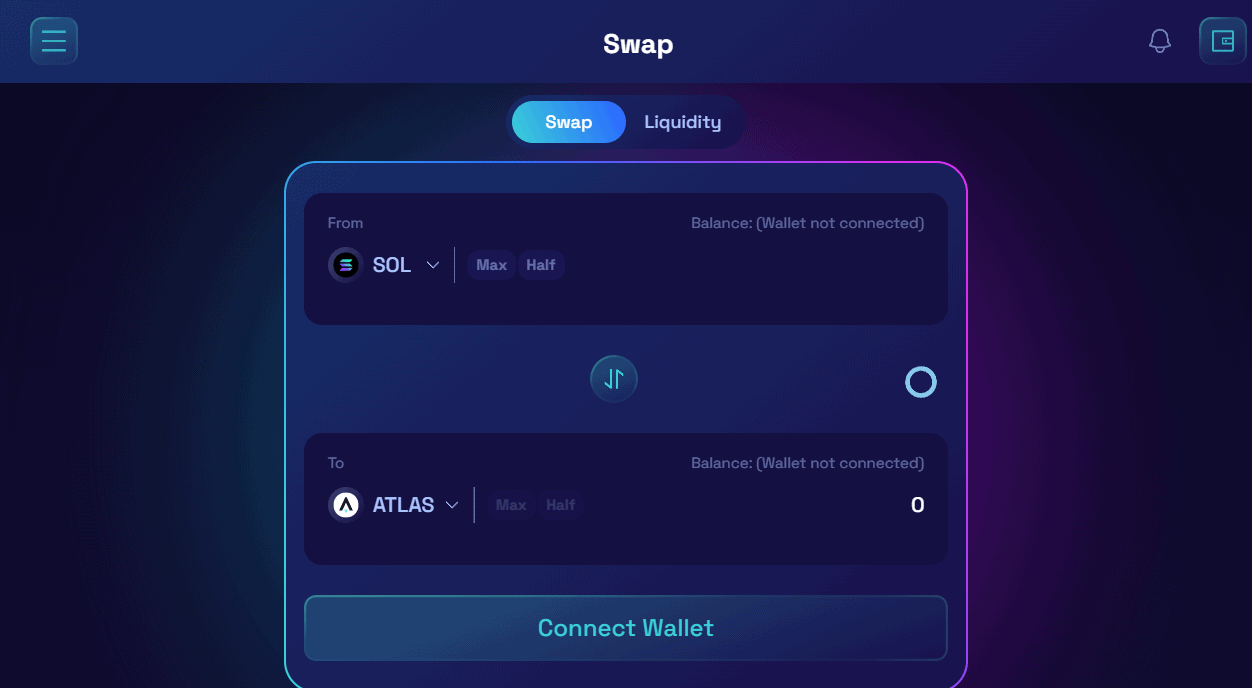
Input the amount of SOL you want to be converted to ATLAS, connect your wallet, and have it changed!
Congratulation, you now have ATLAS.
As you can see, there’s more than one way to get ATLAS – and there may be more straightforward methods out there, but the steps I’ve outlined above should offer you the best opportunity to immerse yourself in the DeFi ecosystem, as well as Star Atlas’.
How to Get Started on Star Atlas
If all this talk has excited you about Star Atlas, don’t worry, you’re not the only one. I’ve been participating in Star Atlas since I heard about it earlier this year, and while I haven’t gotten around to picking a faction yet, I’m already looking at different NFT assets to buy. I’m still waiting to hear about their in-game use cases.
While the actual game isn’t out yet, there’s already a lot that you could do within the Star Atlas ecosystem. Here’s what you could do right now:
Join The DAO
Joining the DAO isn’t as easy as I make it sound. Why? Because three DAO levels exist within the ecosystem of Star Atlas: The Star Atlas DAO, the faction DAOs, and Regional DAOs.
The Star Atlas DAO regulates the overall well-being of Star Atlas. As the comprehensive governance system in the game, the organization would define the monetary policy, the DAO fund for future game development and budgeting, and overarching rules to regulate lower-level DAOs. Of course, this would include enabling and disabling updates and game components.
The Faction DAOs can be further subdivided into three central bodies: the MUD Faction DAO, the ONI Faction DAO, and the Ustur Faction DAO. Each faction has targets for Occupying, Holding, Building, and Patroling the territory. Like the Star Atlas DAO, faction DAOs also include creating in-game mega-projects and global bonuses.
The Regional DAOs are the most miniature regional governance systems in the Star Atlas ecosystem. These DAOs can determine region-wide taxation regulations, treasury dividends, and monetary bonuses.
The Showroom
The Showroom is the first UE5 module in Star Atlas. There’s no better way to get started in the ecosystem than by getting the first glimpse of the extraterrestrial landscape and intergalactic ships – all rendered in great detail with UE5.
Star Atlas released a guide on how you can gain access to The Showroom – but here’s what you can do in a nutshell:
- Head to play.staratlas.com
- Download Epic Games Launcher
- Download Showroom and open it
- Connect your Wallet
- Access Your Player Profile Page
- Check Your Game Keys To See If You Have Access
The Star Atlas Showroom will open to players with at least one Seasoned badge or enrolled in a Faction Fleet.
Purchasing From The Marketplace
Another thing you can do is start purchasing ships, resources, collectibles, and market structures. Purchasing from the marketplace is extremely simple. You simply get ATLAS by converting it for USDC through your Phantom wallet and use that to bid or purchase the NFT asset from the marketplace.
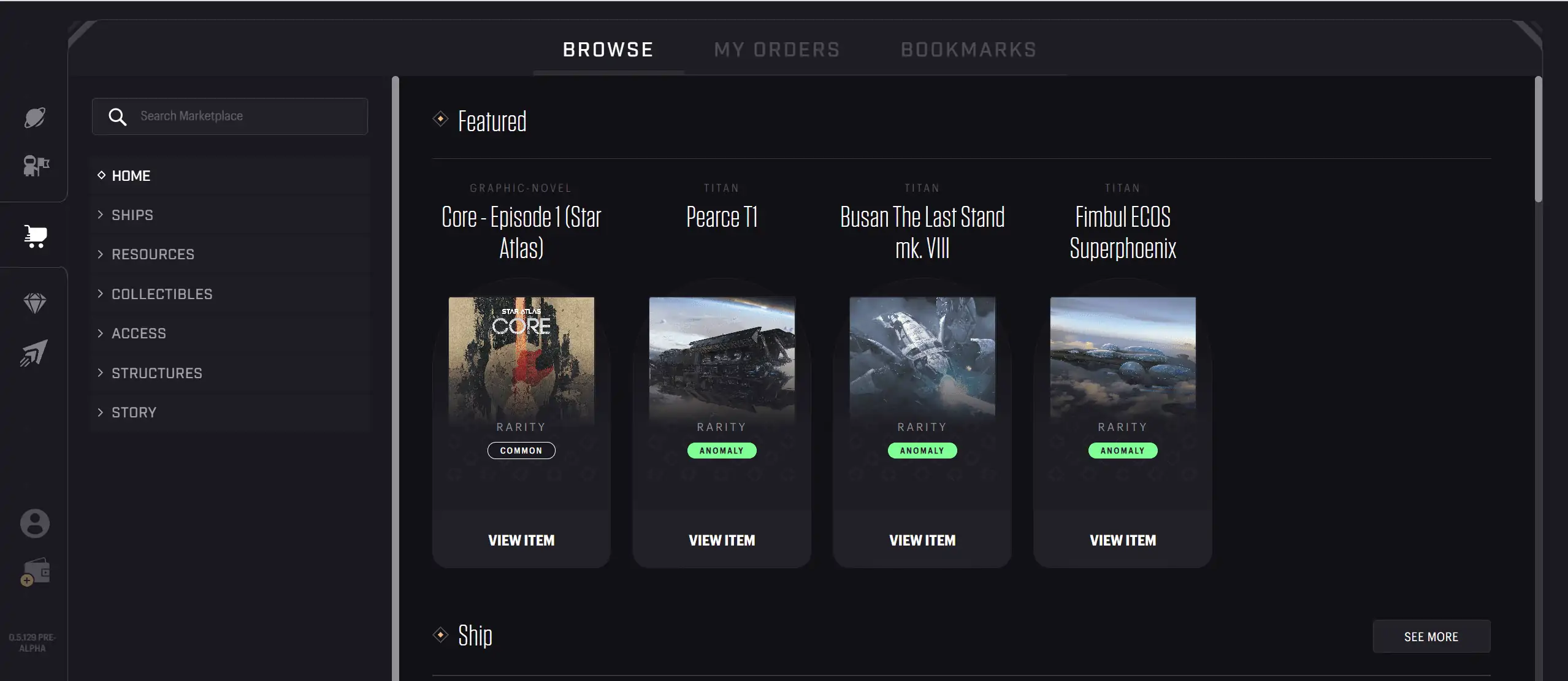
The marketplace will be much more than just a general buy-and-sell mechanism within the ecosystem. The project developers of Star Atlas foresee that the market will also serve as a new form of integration into the system through the use of Unreal Engine’s in-game logic and Ethereum’s innovative contract technology (it is in the Solana Ecosystem after all.) Through this integration, the marketplace could fully represent the greater metaverse’s different political, economic, and cultural layers.
Here are some examples of this:
- Banning the trade of certain products and assets in a region or faction
- Locking or adding rewards and other benefits linked to the marketplace structure and utility.
- Different options are based on available intelligent contracts.
Essentially, the Star Atlas marketplace is set to create the closest experience to the free markets in the real world. The marketplace is set to be the hearthstone of the entire Star Atlas ecosystem. It will bring in countless new and exciting career opportunities and gameplay loops that support a player’s ability to earn income through the metaverse.
Is Star Atlas A Good Investment?
Alright, here’s the big question: is Star Atlas A Good Investment? Is it something I should play?
The answer, as usual, is it depends – though here are some compelling reasons for and against Star Atlas.
Reasons Why Star Atlas Is A Good Investment
It’s A Triple-A Title
There’s no official definition of what makes a game “AAA.” Still, if history can tell us something, this prestigious title is granted to multi-year projects with $100m+ budgets, sizable development teams, and significant depth in gameplay.
More than a predictor of success, it’s a measure of resources and capability that went into development, distribution capabilities, and licensing.
Star Atlas ticks off many of the boxes I’ve listed above. Most interestingly, the game spends a lot of time building on the lore. I think this is extremely important when it comes to world-building, especially one as large as Star Atlas.
The worst thing that could happen is inconsistencies in its lore.
And the payoff for building a fantastic world is immense. Think about all the Star Wars and Star Trek junkies who have dedicated their lives to the titles. More recently, think about how much of a success Riot’s “Arcane” was as it built itself on top of League of Legends lore.
Lore isn’t essential solely for gameplay; it also presents monetization opportunities outside of the game.
Community Support
Star Atlas has a massive following across a variety of platforms. Their discord, for example, has over 212,000 members, while their Twitter account has over 315,000 followers. The massive community support is great news for anyone looking to join the game, and it’s an ecosystem. It means there’s a high likelihood that the game will continue to grow over the long term.
Reasons Why Star Atlas Is NOT A Good Investment
FTX Was One of Their Primary Investors
FTX was one of the largest investors of Star Atlas. When the company imploded, Michael Wagner was forced to sell some of their Titan ships to weather the FTX storm. If you check out the marketplace, you’ll notice three ships available, one Titan ship for each faction. Initially planned to be sold for $5 million, the ships have been put on the marketplace at an 80% discount ($1 million), which will reduce by 10% for every week it’s not sold.
Why? Because a significant amount of the company’s short-term capital was in FTX, which significantly reduces the developer’s runway by half, from a year to what may be a couple of months.
The Game Hasn’t Been Launched Yet
One of the worst things that could happen to Star Atlas is to release a buggy beta version of the game. With so much hype around the project, the worst thing that could happen is to take all that away with a horrid first launch. Will it live up to everyone’s expectations?
There’s a lack of certainty on whether or not the project will deliver.
FAQs
Question: Will Star Atlas ever come out?
Answer: Though Star Atlas is set to release in 2022 on PC, there’s a good chance the release date could be pushed back to 2023. Because all of this is speculation, we can never be too sure – so you can go to the Star Atlas website, check out their roadmap, sign up for their discord, and check out their other social media accounts. (not a plug, I promise.)
Question: Is Star Atlas a Metaverse?
Answer: Yes, Star Atlas is a decentralized metaverse game that’s built on top of the Solana blockchain. It features a strong space theme and looks to break down and change how we see blockchain games, far from the pixelated games we see today.
Question: Can You Make Money on Star Atlas?
Answer: Theoretically, yes. While not marketed as such, Star Atlas may be a play to earn in the game with the possibility of building a genuine career made available.
Conclusion
Star Atlas is an excellent game for anyone looking to join the blockchain gaming metaverse. Perhaps the best part is that it doesn’t sound or look like every other blockchain game out there. It’s a AAA game first.
That’s the part that excited me. It doesn’t even push the play to earn mechanics, either. It seems like it’s genuinely just trying to build a game, and at the end of the day, isn’t that what this is all about?



